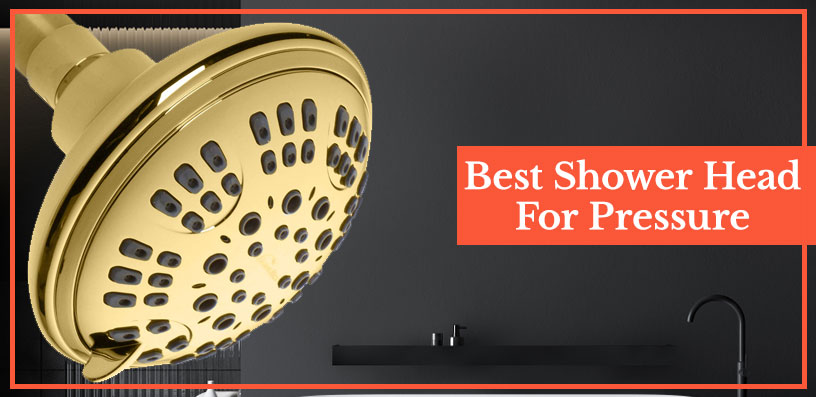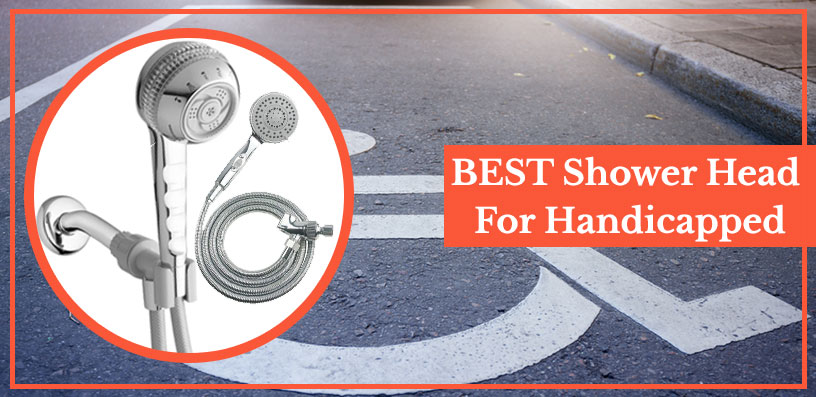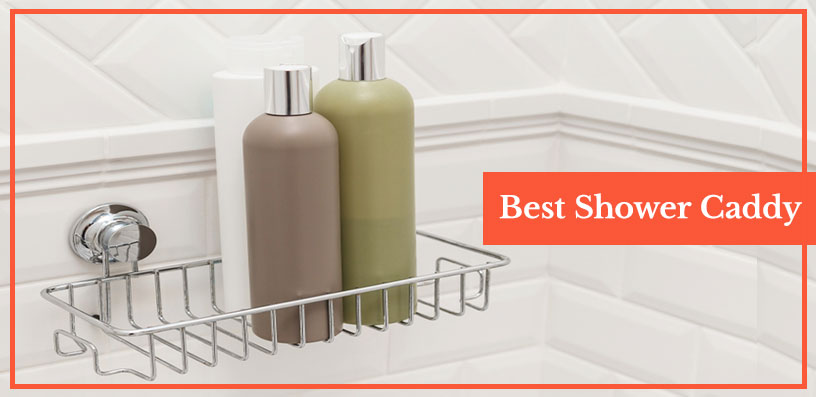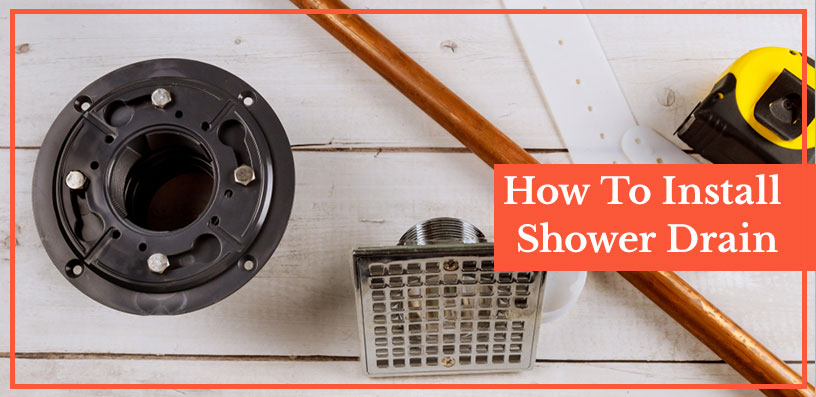Water-saving is an essential factor, that needs special consideration. In fact, if you have all the available resources that all of us can save water shower together.

There can be multiple purposes for which you can aim to do so, for instance, reducing every moth’s water bills, to conserve water, and to add to the environment.
Additionally, it helps in reducing pollution and allows in fuel resource conservation. Saving water at this point will allow us to maintain an adequate water supply for our upcoming generations.
Whichever, the case may be, you can start this off in your bathrooms. Although, implementing to do so can be a tough task, however, you need to resort to wise water conservation decisions in order to achieve a long term result.
Next, you would be wondering how to save water in the shower? Well, in this article we are going to help you with a few bathroom water saving tricks along with a bunch of frequently asked questions to put you at ease.
How To Save Water In The Shower?
Listed below are a few suggestions that can help you in reducing your usage of shower water.
Reduce Your Shower Time
You can reduce the time span of your shower and opt for a quick one instead. Each minute that you save, can result in saving gallons of water as a conserving measure. This also reduces the heating cost that is included during your showering session.
Install Shower Heads With A Low Flow Rate
According to recommendations by Energy.gov, installing the shower head with less than 2.5 gallons per minute of flow rate can aid in conserving water.
You can opt for the best low flow shower head with aeration or laminar flow. The laminar flow showerheads provide a separate water stream, while the aerated ones mix water with air to give off a misty spray impact.
In case your bathrooms still have those shower heads from 1992, then it is time for you to replace them with the new ones. Especially, because the 1992 showerhead models consume a flow rate of about 5.5 gallons per minute.
If you are not sure about the flow rate of your showerhead then you can use this trick:
- Mark a bucket with increasing gallons
- Place it under your showerhead
- Turn on your shower
- Calculate the time it takes to fill up one gallon
- Measure the time in seconds
If it takes less than 20 seconds for the bucket to fill up one gallon, then it indicates that your showerhead needs to be replaced with a low flow one.
Opt for a “Navy” shower session
A “navy” shower indicates that you do not leave any non-purpose running water. For instance, you can turn off your shower as you lather up or shampoo your hair. This technique is quite common amongst the military and is known as the combat technique.
According to Home Water Works, using the military shower technique can help you in reducing the length of your showering sessions, while helping you conserve water.
Shower Vs Bucket Bath Water Consumption
When compared, shower baths tend to consume a larger surface area than the regular bucket water baths. In fact, they are also quite effective in removing your body’s soap lather, since you are experiencing a greater force of running water with reduced manual effort. Although, just make sure that you do not exceed more than 9,5 minutes in doing so.
As for bucket water baths, they are more of a treat for the consumers. This is mainly because they take up around 35 or 50 gallons of water – which is extremely high. On the other hand, shower baths tend to use only 25 gallons of water, which seems more economical.
Water-Saving Shower Heads
Water-saving showerheads work in a unique way as they limit the water amount that is released from your units. These showerheads can be of two types:
- Aerating shower heads
- Non-aerating shower heads
Aerating showerheads provide a luxury experience and mix the water with air and bubbles, giving off a soothing effect. While the non-aerating ones add pressure to the water causing it to squeeze through the unit holes.
Generally, a normal showerhead for water-saving can consume about 9 liters each minute or even less. However, an efficient water-saving showerhead can triple the amount and save you about 26 liters or even more in just 7 minutes of an average shower. This means that each year, you can save around a maximum of 9,000 liters for each person that is present in a household.
Frequently Asked Questions
How Much Water Does A Shower Use?
According to Home Water Works, showerheads account for the third-largest water consumption through clothes washing and toilets.
It has been estimated that around 59.8 liters of water i.e 15.8 gallons which can last about approximately 7.8 minutes, while the average flow rate comes to 2.1 gallons of water each minute.
What Is A Water Saving Bathtub?
Water-saving bathtubs are yet another unique invention. These units are specifically designed to accommodate the human body mass, along with a tilting feature. This allows your legs and upper body to have maximum water coverage so that you do not waste any additional water.
How To Save Bath Water?
If you are wondering how to save water in the shower or how to save water in the toilet then we would encourage you to follow the below-mentioned tips and tricks.
Install an efficient low flush toilet
Check for all possible leaks in your toilets, pipes and faucets, pipes, and toilets
Install Low flow showerheads
Reduce your shower time
Your toilet is not your wastebasket
Install aerating faucets
Turn off your faucet/showerhead when not needed
Conclusion
We all are equally responsible for the conservation of water with each step that we take. Since our population is ever-growing, each water drop accounts for its conserving technique. Our little changing habits can add to saving the environment.
Since most of the water is consumed at home – specifically in the bathroom, you can then identify the small adjustments that you can change and help contribute towards this initiative.
Hopefully, this article helps in answering all your queries, while these tricks and tips will help you in making wise decisions. So begin today and waste no time, the clock is ticking!








Leave a Reply